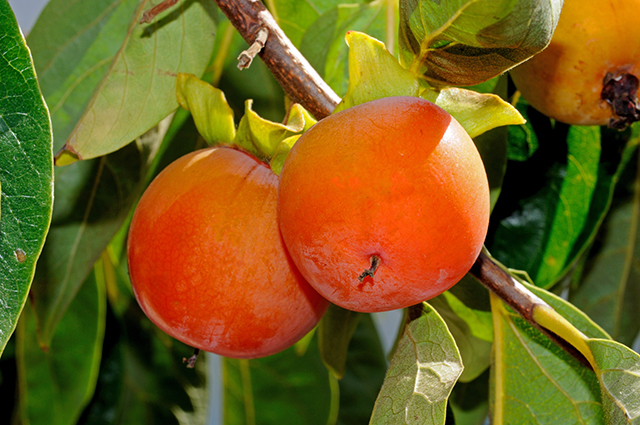The dangers of chlorpyrifos: What is this brain-damaging pesticide and how can you avoid it?
05/19/2020 / By Zoey Sky

Research warns that a lot of conventional oat cereals contain alarming amounts of glyphosate, a carcinogenic pesticide. But did you know that chlorpyrifos, another toxic pesticide, could also be hiding in your breakfast?
Chlorpyrifos in non-organic milk
Data from a study conducted by the Organic Center has found that at least 60 percent of the non-organic milk sampled by researchers had residues of chlorpyrifos.
According to experts, chlorpyrifos is unsafe at any concentration. Fortunately, you can avoid certain food products at the grocery to eliminate this toxic chemical from your kitchen.
Chlorpyrifos is a neurotoxin or a chemical that affects the nervous system and brain. Even small amounts of exposure to neurotoxins can cause permanent health damage to infants and children.
Exposure to chlorpyrifos can negatively affect children’s IQ and harm the parts of the brain that control behavior, emotion, language and memory.
A new study from the University of Southern Denmark has also shown that chlorpyrifos exposure in pregnant women can result in ADHD in their children.
Since millions of pounds of chlorpyrifos are sprayed on crops in the U.S. annually, most Americans are exposed to the pesticide via milk, fruit and other produce. Separate studies conducted by the U.S. Environmental Protection Agency (EPA) warn that babies and developing fetuses are exposed to at least five times more chlorpyrifos than what the EPA’s standard deems safe.
The study findings also showed that children consume chlorpyrifos at 11 to 15 times the EPA standard. (Related: Hawaii bans toxic pesticide “chlorpyrifos” linked to neurological damage in children… but it’s legal in the other 49 states (and you’re eating it).)
But despite these alarming results, in 2017 the Trump EPA chose to ignore proven scientific data in favor of the pesticide industry. The EPA also canceled a proposed ban on chlorpyrifos.
Additionally, the EPA refuses to take action to keep the toxic pesticide out of milk and produce for five more years. Even though the EPA wants to wait to evaluate chlorpyrifos again, at least 30 million pounds of the neurotoxin will be sprayed on crops, potentially endangering the health of children all over the country.
Because the EPA has yet to ban chlorpyrifos, farmworkers and their families have suffered alarming consequences.
According to an article in The Guardian, California’s Central Valley has some of the heaviest use of chlorpyrifos in the country. Parents from the area have expressed concern about drifting clouds of pesticides that cause children’s chronic health problems, like learning problems and attention deficit disorders.
Children from families in the area have also experienced other negative side effects such as vomiting, painful skin irritations, debilitating headaches and dizziness, along with developing autism and respiratory ailments.
Protecting your family from chlorpyrifos
The Environmental Working Group (EWG) has expressed support for a complete ban on chlorpyrifos, like the bill currently under consideration in the Senate. EWG also suggests that grocery stores stop supplying foods that may contain traces of the neurotoxin.
If you want to protect your family from the side effects of chlorpyrifos, buy only organic milk and organic versions of the most potentially contaminated produce.
Health experts warn that chlorpyrifos residues are usually detected on certain kinds of imported fruits and vegetables, such as peaches and nectarines imported from Chile, bell peppers and hot peppers imported from Mexico and domestic and imported cilantro.
To learn more about the dangers of chlorpyrifos and other harmful pesticides, visit Pesticides.news.
Sources include:
Tagged Under: agricultural chemicals, agriculture, brain damage, brain health, Chemical, chemical spray, chemicals, child development, child health, Chlorpyrifos, Ecology, environ, environment, farming, food science, harvest, milk, neurological damage, neurology, Toxic, toxic chemicals, toxins
RECENT NEWS & ARTICLES
OrganicFarming.News is a fact-based public education website published by Organic Farming News Features, LLC.
All content copyright © 2018 by Organic Farming News Features, LLC.
Contact Us with Tips or Corrections
All trademarks, registered trademarks and servicemarks mentioned on this site are the property of their respective owners.


















